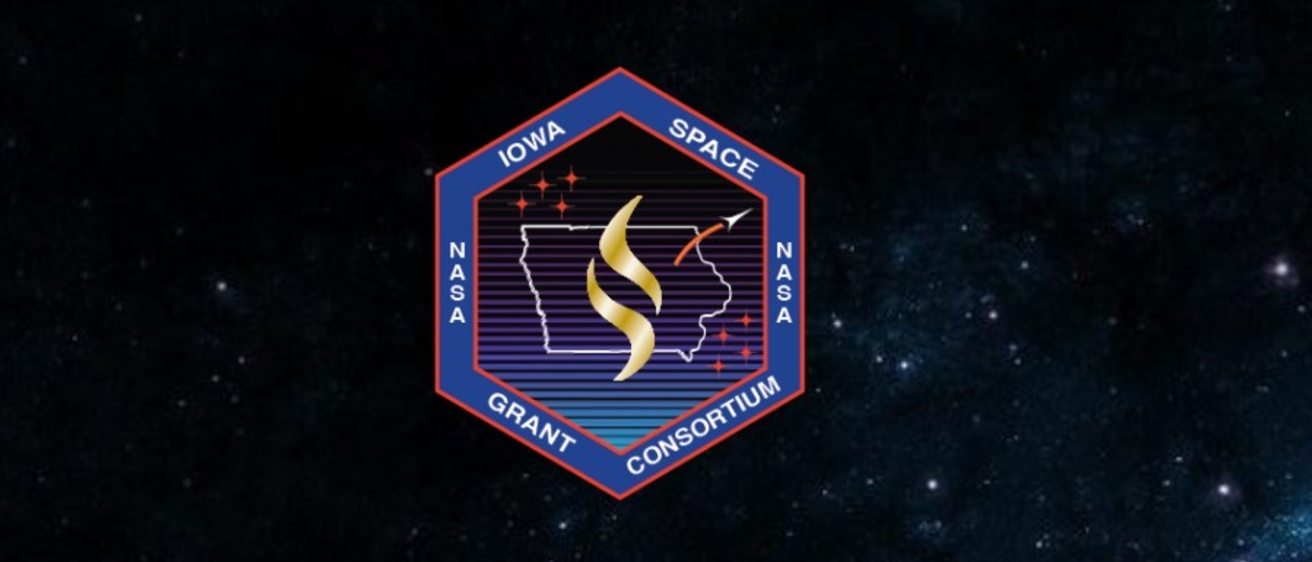Five Physics and Astronomy graduate students will receive the Iowa Space Grant Consortium's (ISGC) Graduate Fellowship Award.
The $4,000 award is designed to support outstanding graduate students pursuing NASA-aligned research opportunities in STEM disciplines. Fellows are awarded on the basis of their work aligning with the strategic priorities of NASA Mission Directorates.
The awardees and their research projects:

David Fehr's work focuses on modeling the electrical and optical response of defects in silicon carbide to magnetic fields for future use as a quantum magnetometer. Magnetometers sense magnetic fields and their data can help determine planetary composition, detect hidden oceans and their ability to support life, and predict geomagnetic storms to better protect our electronic infrastructure. Quantum magnetometers are exciting because they are smaller, weigh less, and require less power than existing magnetometers, and can potentially self-calibrate; attractive features that will help conserve spacecraft fuel. His advisor is Michael Flatté.

Kenneth Buffo's work focuses on developing adjustable X-ray optics for future applications in X-ray astrophysics. Adjustable X-ray optics are thin, segmented telescope mirrors that have a MEMS device fabricated on the backside which allows the deterministic control of the mirror's surface figure. His advisor is Casey DeRoo.

Kristie Nault's work focuses on understanding AG Draconis, which is an accreting white dwarf system. Such systems are thought to be a common endpoint for stellar systems and well as potential progenitors for Type Ia supernovae. Her advisor is Casey DeRoo.

Kenton Greene's work is focused on a new design for a high stability magnetometer that I will implement on the ACES-II sounding rocket mission to make measurements of Auroral current structures. His advisor is David Miles.

Sarah Henderson's research focus is characterizing how H+ and H- particles behave as a function of Martian season and column density. Characterizing this particle population’s behavior will help us to better understand charge exchange processes in the Martian atmosphere, as well as how precipitating solar wind hydrogen can deposit energy and alter the upper atmosphere of the Red Planet. Her advisor is Jasper Halekas.
